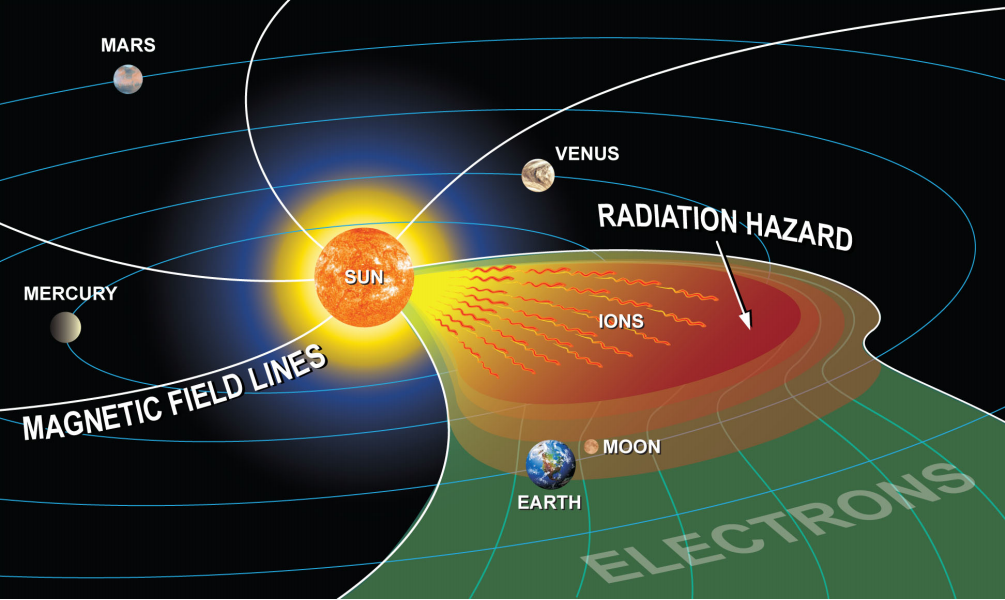December 10!
Cowboy Bebop
Writing update
Today’s word count: -1461
I said changing tooling at this stage would be dangerous.
But I expected this. It’s all part of the Delta-v equation for putting a story together.

That figure reflects the 2063 words removed in redundant sections and the 602 new words I wrote today.
So far, I’m digging Scrivener. Splitting and moving segments around is trivial: exactly what I need as I start bringing sections together into a coherent whole.
image: Richard F. Penn (https://commons.wikimedia.org/wiki/File:Delta_V_Earth_Moon_Mars.png)
Researching…

Research break

Writing update
With today’s entry, I have completed the primary plot arc. That sounds like a big deal, and I guess it is. But there is still soooooooo much to do. The timeline is full of inconsistencies. POV wanders willy-nilly (omniscient, but needs taming). I’m way out on a limb with some of the technological events. There is no Act 1 or denouement. Much of the storytelling is fragmented and includes notes to myself. Characters need further development…

So, a milestone of sorts, but nothing to celebrate.
Today’s word count: 952
Silent Running
I remember really liking this movie as a kid. Even then, I was into realistic scifi. Revisiting it over the years as an adult, I thought it held up pretty well. Nice to see it getting some restorative attention.
Air: Generation Mars, Book One
The surface of Mars has the biggest volcanic mountains and deepest canyons in the solar system. There are the remains of water features everywhere, both tiny and vast, yet water hasn’t flowed on the surface for over three billion years. The whole planet is red because it’s rusty. Actually, it’s not really red—more of a brownish orange with blacks and greys and whites mixed in. But someone long ago called it “the red planet”, and the name stuck. A day on Mars is about 40 minutes longer than a day on Earth and is called a sol. The sunsets are upside down from those of Earth: shades of blue layering out from the Sun, diffusing into yellows and pinks and oranges above. Mars has two moons that move in opposite directions across the sky. There is very little atmosphere, and what there is consists mostly of carbon dioxide, the same gas that we exhale here on Earth. The wind blows hard at times, yet the atmosphere is so thin that you might barely notice it. Such winds can lift dust from the surface though, sometimes creating massive dust storms that blow for days. Occasionally, one of these storms will grow to cover the entire planet.
Which is all to say that it’s a weird place.

Air: Generation Mars, Book One
Available now: https://www.amazon.com/Air-Generation-Mars…/dp/1733731024
(image: composite logo with Luis Peres)
Trouble
Nina’s voice came over the comm system: “Sally, we have a situation here.” Her voice was higher than normal. “Can we open a private channel.” That was all Cas heard. It was enough. Adults in the colony always made it a point to include the children in everything that happened. Conversations were open; secrets were not kept. For Sally and Nina to suddenly talk privately meant that something out of the ordinary had happened. Something bad.

Air: Generation Mars, Book One
Available now: https://www.amazon.com/Air-Generation-Mars…/dp/1733731024
(image: Luis Peres)
Ori in trouble
There was a sudden roar, louder than any noise Ori had ever heard. She sank to the floor, pulled her knees to her chin, closed her eyes, and cowered against the closed door. She had never felt wind before, only slight movements of air from the distribution system in the colony. But now she felt a terrifying rush of air over her. There were crashes and groans all around, and she opened her eyes to see the content of the dome—tables, chairs, lab equipment, plants, all—falling and shifting in the direction of the wind. She closed her eyes and screamed.

Air: Generation Mars, Book One
Pre-order now: https://www.amazon.com/Air-Generation-Mars-Boo…/…/1733731024
(image: Luis Peres)


